
With a little preparation and planning, a road trip across the border can be a breeze. To that end, we've gathered some essential information for border crossings and entry requirements, as well as useful resources to help you map out your international road trip. Know before you go and you'll be on your way in no time.
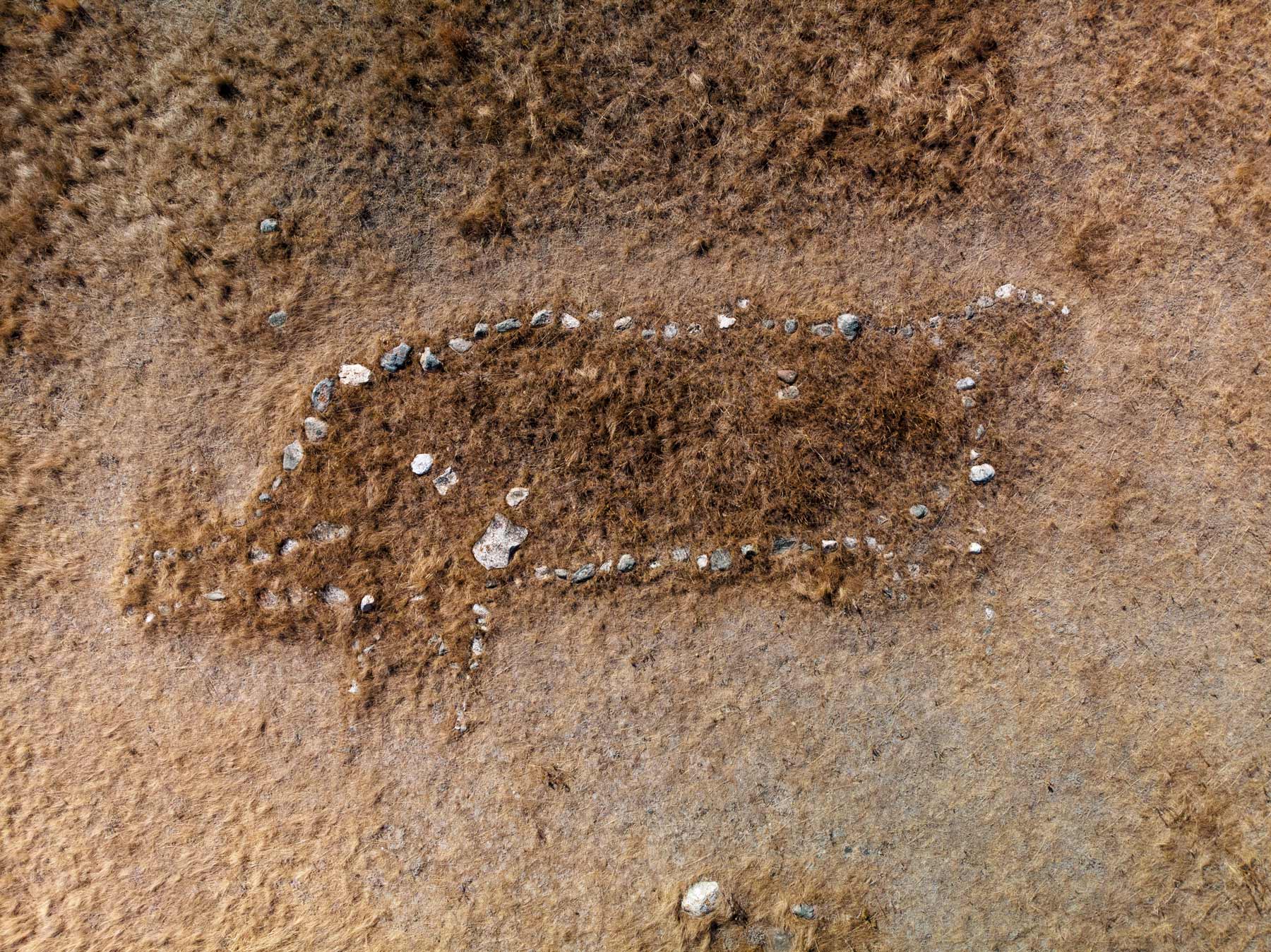
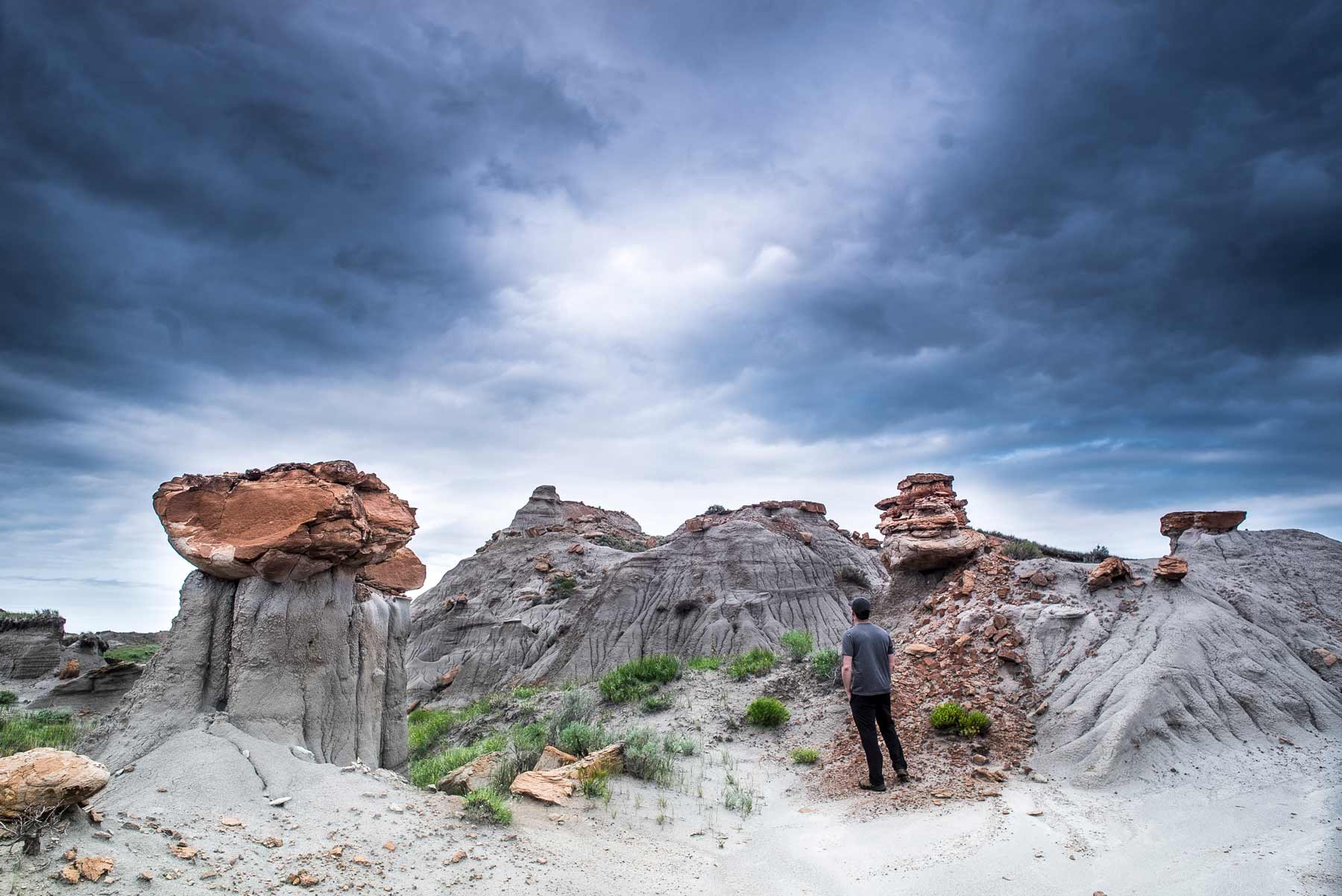
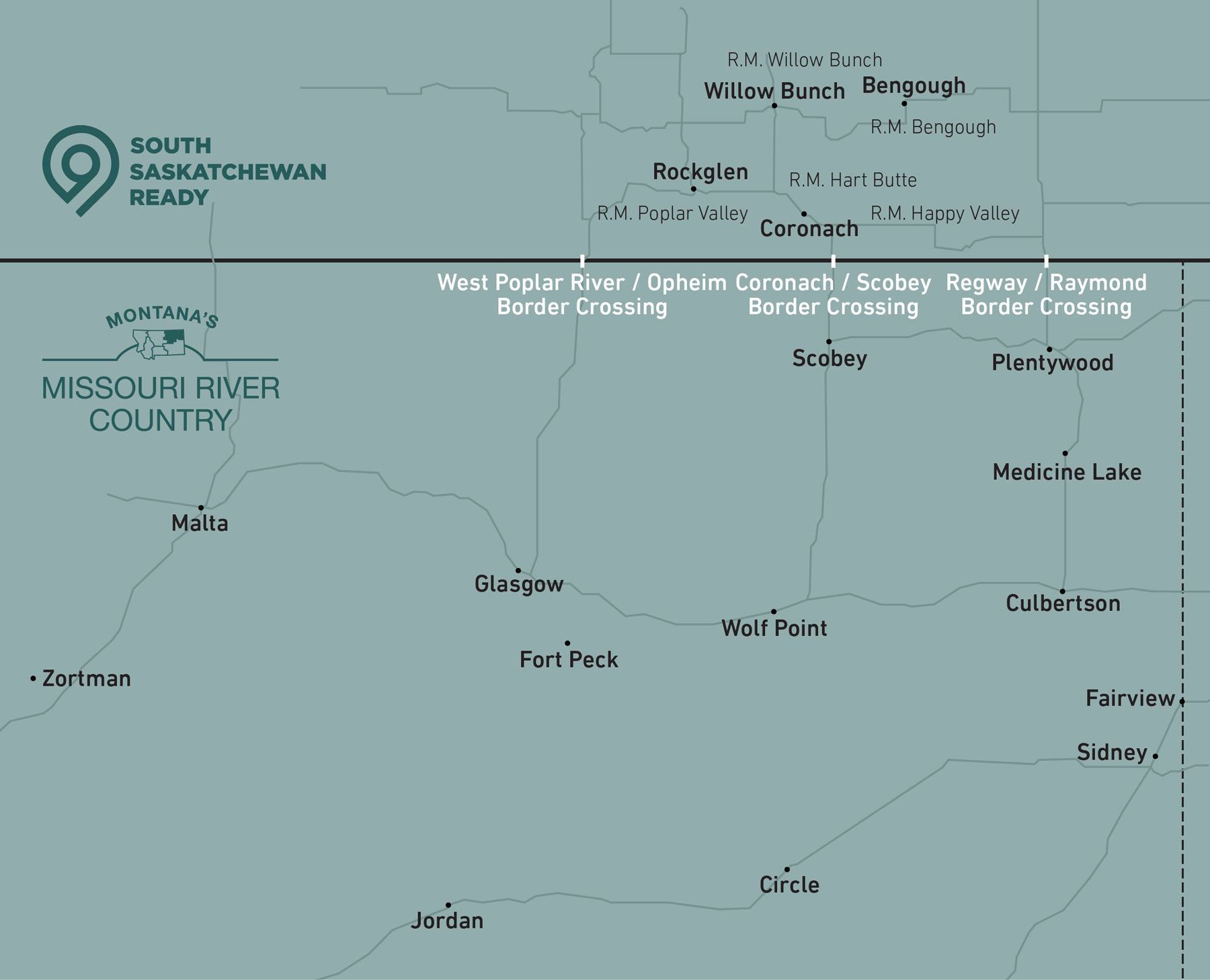
When you reach a border crossing, you will be asked to show identification and to declare goods that you're taking across the border. Items to declare include food, plants, alcohol and tobacco, pets, and firearms, among others. Visit the U.S. Customs and Border Protection and Canada Border Services Agency sites for more information. Maintain a respectful manner toward the border officer and answer questions truthfully. Border crossing hours may vary, depending on the day of the week and border control checkpoint, so it's essential to check the hours of the specific office where you intend to cross. Note that Saskatchewan observes Central Standard Time year-round and doesn't shift to Daylight Saving Time; Canada is an hour ahead of Montana when Montana is on Mountain Standard Time.
Crossing between Rockglen, Saskatchewan, and Opheim, Montana
Crossing between Coronach, Saskatchewan, and Scobey, Montana
Crossing between Regway, Saskatchewan, and Raymond, Montana
For a complete list of border crossings between Saskatchewan and Montana, visit the Canada Border Services Agency site. This resource provides details for each of the crossing points, enabling you to choose the most convenient route for your journey.
Proper identification is required for all travelers crossing the border between Canada and the United States. A valid passport is the most recommended such form of identification. If you don't already have a passport or need to renew yours, you can find the necessary information and application process on the official Canadian government website for travel or on the U.S. State Department's website for travel. Make sure to obtain your passport well in advance of your trip to avoid any delays.
Canadian and U.S. citizens do not need visas to cross the border, but in some cases permanent residents do. For more information on required documents — including other acceptable forms of identification — see the websites of the Canada Border Services Agency and U.S. Customs and Border Protection.
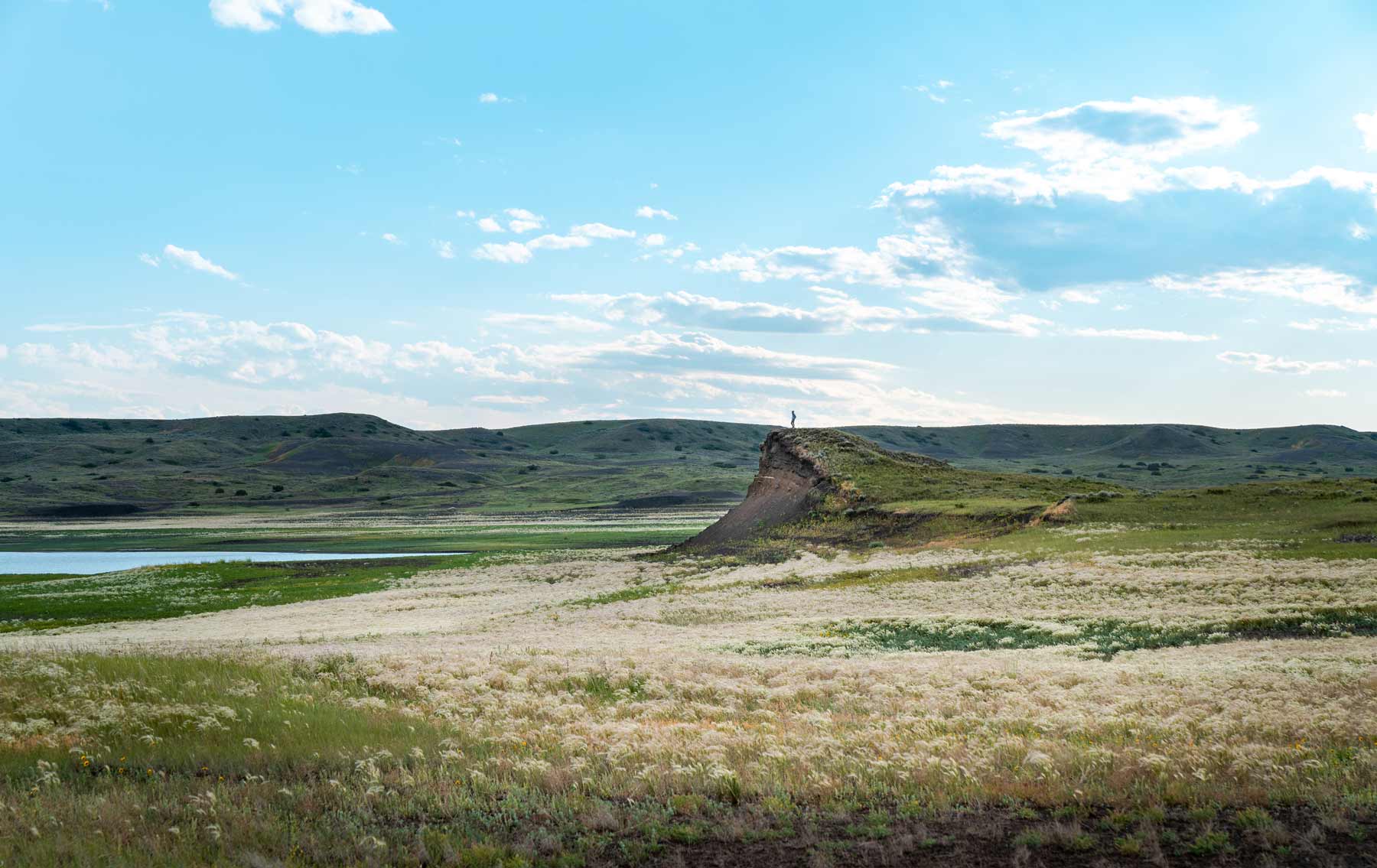
When crossing the border with pets and/or service animals, certain regulations must be followed. Ensure you have the necessary documents, such as vaccination records, and familiarize yourself with the specific requirements outlined by both the Canadian and American authorities. Note that your pet's food may be checked at the border; it's best to keep it in its original packaging—preferably unopened—so authorities can check ingredients.

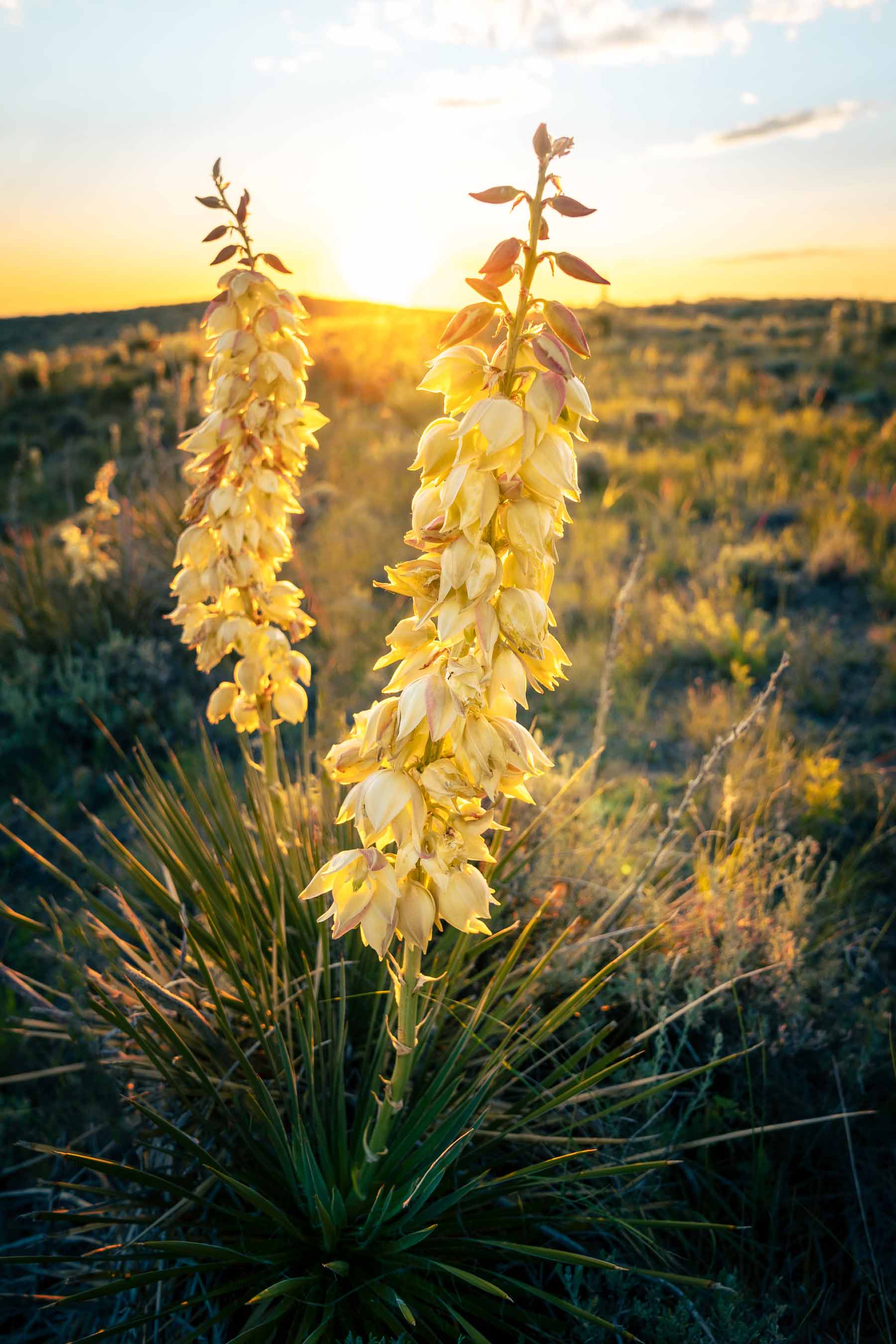
Certain amounts of alcohol and tobacco for personal use are allowed across the border without any duty or tax having to be paid. Beyond those limits, however, you'll be taxed. You can find information on Canada's policies here and U.S. limits here.
It is illegal to transport cannabis across the border, even if it is legal in the areas where you are crossing. This includes products containing cannabis, such as edibles, extracts and topicals.
If you're planning to do any hunting on your travels in Northeast Montana or South Saskatchewan, be aware that both the U.S. and Canada have strict regulations for taking guns over the border. Start the process well in advance of your trip so that you have all necessary documentation in time for your travels.
Rest assured that the border control areas strive to provide accessible services. However, it is advisable to contact the border services in advance to discuss any specific needs for your crossing process.
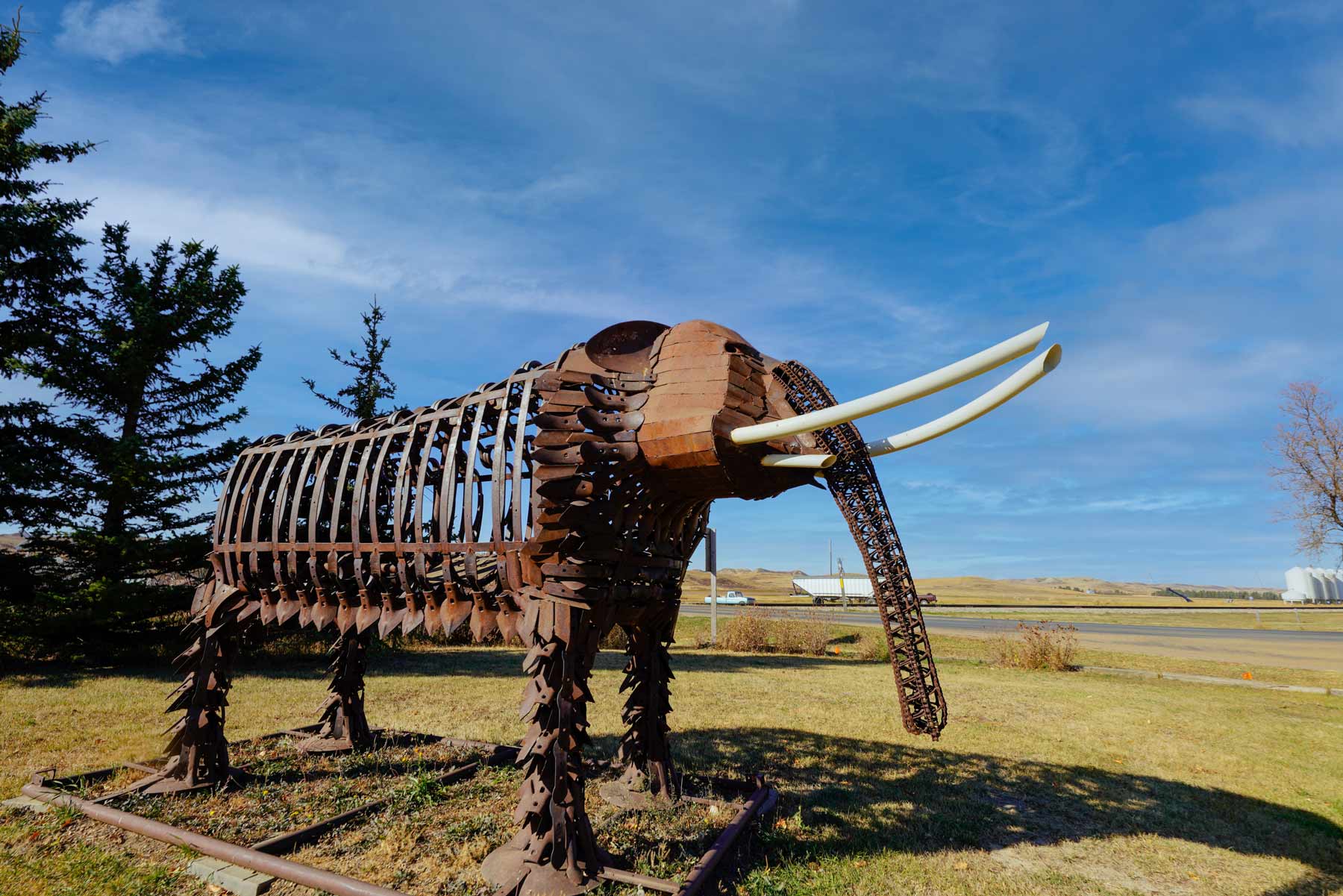
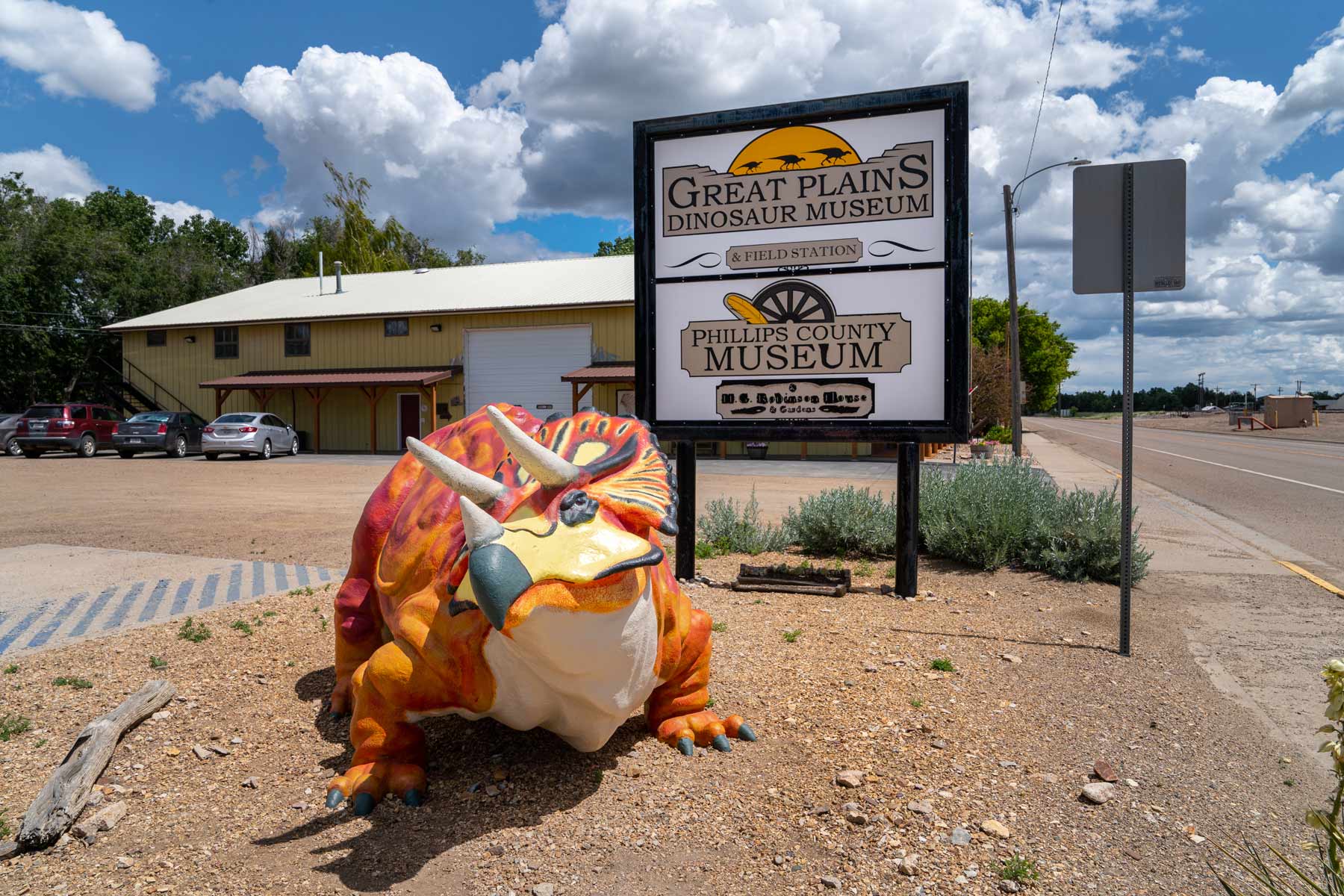
For a seamless and efficient border-crossing experience, the Canadian Border Services Agency has developed a border app that provides up-to-date information on wait times and border conditions to help you plan your travel accordingly and minimize any potential delays.
The currency of the U.S. is U.S. dollars (USD) and in Canada, it's Canadian dollars (CAD). While major credit cards like MasterCard, Visa and American Express are generally accepted on both sides of the border, do not expect to be able to use U.S. dollars for purchases in Canada and vice versa. If you want cash on hand, you can exchange currency at your banking institution prior to your travels. You can also use a debit card to withdraw money in the local currency at ATMs; check to see if your bank has ATMs across the border or is in network with the other country's institutions to avoid or minimize any withdrawal fees.
In the U.S., mileage is denoted in miles, whereas Canada uses the metric system and measures distances in kilometers. One mile is equivalent to approximately 1.6 kilometers, and 1 kilometer equals .62 miles. Itineraries on this site include mileage in both miles and kilometers.
Both Montana and Saskatchewan are geographically located within the Mountain Time Zone, but Saskatchewan observes Central Standard Time year-round. As a result, Canada is an hour ahead of Montana when Montana is on Mountain Standard Time and shares the same time as Montana when Montana is on Daylight Saving Time.
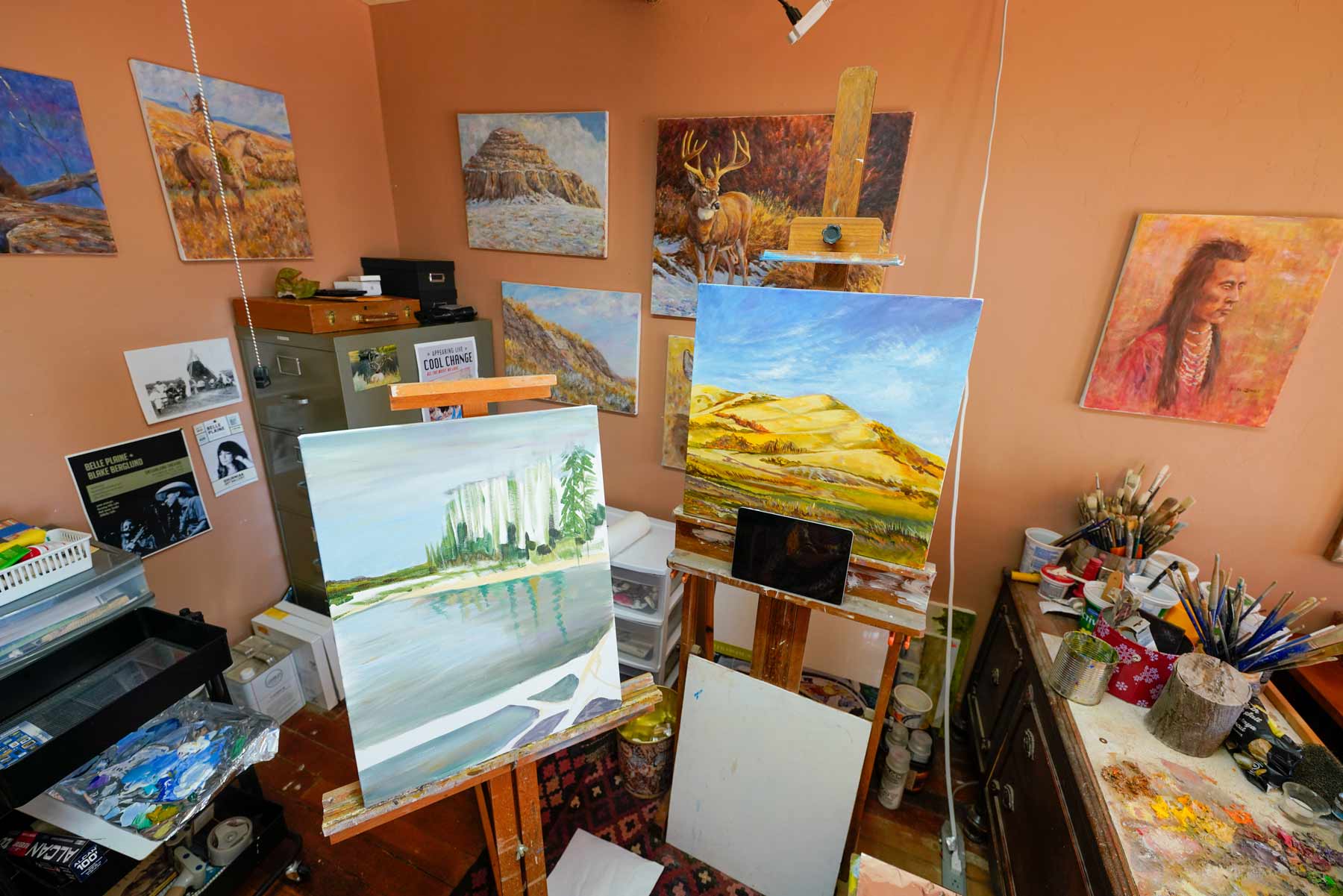
Your cell phone will likely still work to make calls after you cross the border, although texting and other functionality may not. Check with your carrier to ensure your phone will continue to work in the ways you need it to while you're traveling.
Missouri River Country and South Saskatchewan are quite rural, and there can be considerable stretches of road where services are few and far between. Keep an eye on the fuel gauge and take advantage of gas stations when you encounter them so your gas level doesn't drop much below a quarter of a tank. Gas stations in both Montana and Saskatchewan are typically self-service. If you're paying for gas at the pump with a Canadian credit card in the U.S. and you're asked for your billing zip code, try entering the three digits of your Canadian postal code with two zeroes added at the end. If that doesn't work, the cashier inside should be able to help you. It's also a good idea to carry some cash with you in the event of credit card hiccups like this.